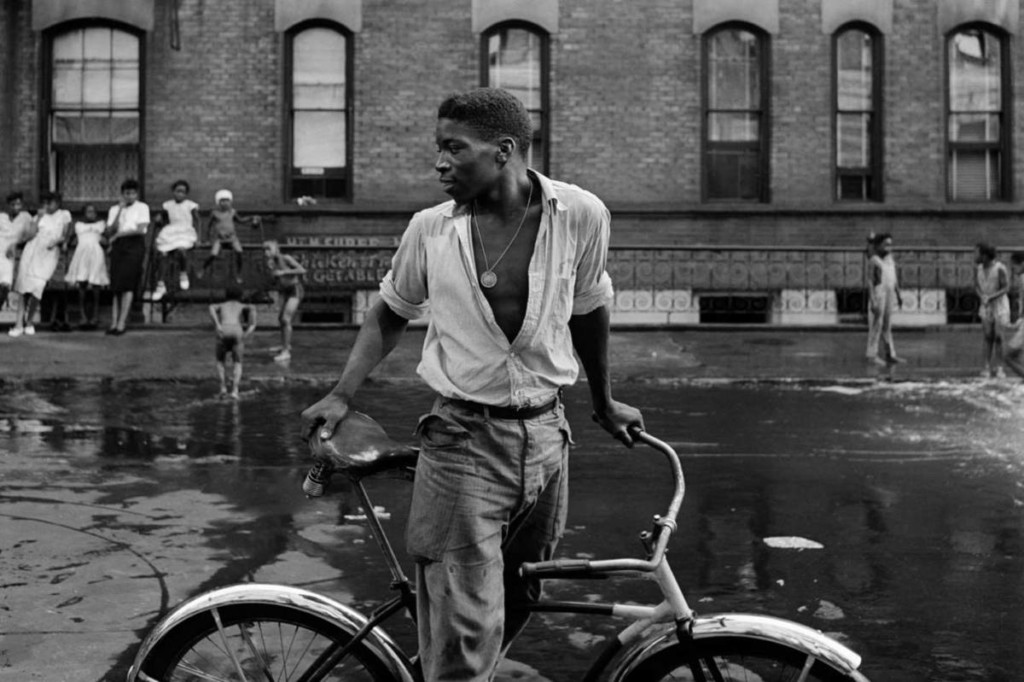Framing Streets for Beginners
Examine This Report on Framing Streets
Table of Contents5 Easy Facts About Framing Streets ShownThings about Framing StreetsThe Basic Principles Of Framing Streets Our Framing Streets Statements6 Easy Facts About Framing Streets DescribedSome Ideas on Framing Streets You Need To Know
, usually with the purpose of catching images at a definitive or poignant minute by mindful framework and timing. https://www.tumblr.com/framingstreets1/739107565559037952/framing-streets-is-a-timeless-journey-a-journey?source=share.
, that was influenced to carry out a similar documentation of New York City. As the city developed, Atget helped to advertise Parisian roads as a deserving subject for photography.

Framing Streets - The Facts
The chief Mass-Observationists were anthropologist Tom Harrisson in Bolton and poet Charles Madge in London, and their first report was generated as the book "May the Twelfth: Mass-Observation Day-Surveys 1937 by over two hundred viewers" [] Home window cleaner at Kottbusser Tor, Berlin, by Elsa Thiemann c. 1946 The post-war French Humanist School digital photographers found their subjects on the street or in the restaurant. In between 1946 and 1957 Le Groupe des XV yearly displayed job of this kind. Andre Kertesz. Circus, Budapest, 19 May 1920 Road digital photography formed the significant material of two exhibitions at the Museum of Modern Art (Mo, MA) in New york city curated by Edward Steichen, 5 French Photographers: Brassai; Cartier-Bresson, Doisneau, Ronis, Izis in 1951 to 1952, and Post-war European Photography in 1953, which exported the idea of street photography worldwide.

The 6-Minute Rule for Framing Streets
The recording maker was 'a surprise video camera', a 35 mm Contax concealed under his coat, that was 'strapped to the breast and linked to a long cord strung down the appropriate sleeve'. His work had little modern impact as due to Evans' level of sensitivities regarding the creativity of his job and the privacy of his subjects, it was not released up until 1966, in the publication Many Are Called, with an intro written by James Agee in 1940.
Helen Levitt, after that an instructor of children, connected with Evans in 193839. She recorded the transitory chalk drawings - copyright a9iii that became part of children's street society in New york city at the time, along with the kids that made them. In July 1939, Mo, MA's brand-new photography area consisted of Levitt's work in its inaugural exhibitRobert Frank's 1958 publication,, was significant; raw and commonly out of emphasis, Frank's images questioned conventional digital photography of the moment, "challenged all the formal regulations set by Henri Cartier-Bresson and Walker Evans" and "flew in the face of the wholesome pictorialism and wholehearted photojournalism of American publications like LIFE and Time".